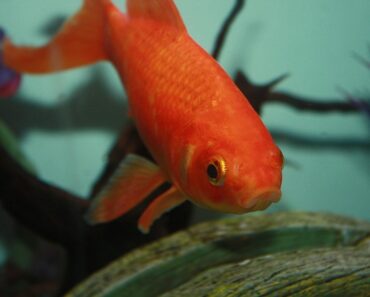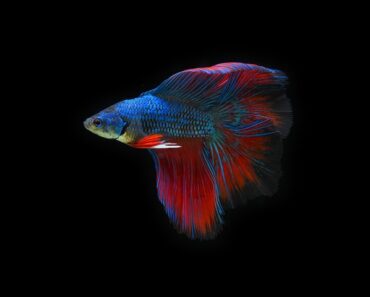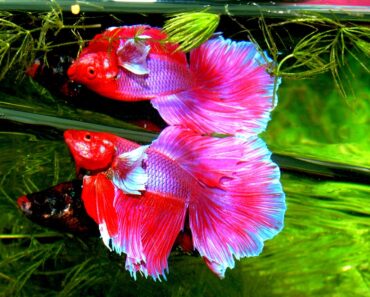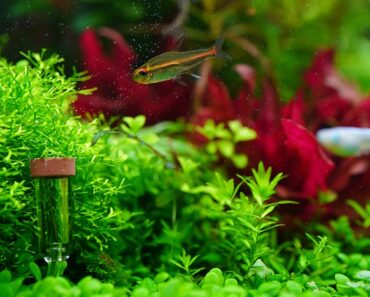
What is aquarium lapping ? How to run in your aquarium ? The running-in phase is a crucial step in the success of your aquarium project. The preparation of the aquarium allows the aquarium to be set up before the fish are introduced into the water.
What is a running-in ?
Running-in is a process that creates an eco-system in your aquarium. This essential action lasts between 4 to 6 weeks. During this time, you will witness several exciting phenomena where life will take shape in your tank.
How do you break in an aquarium?
To be successful, the lapping of an aquarium, or aquarium cycling, requires following precise steps. Indeed, for the survival of the future fish, the running-in of the aquarium allows the installation of the various components: water cycle, decorations, substrate, development of microscopic life, …
Step 1: cleaning the aquarium with water
First of all, your aquarium must be cleaned with water (only!) so that the floor and glass are perfectly clean. Do not hesitate to use a new sponge or a cloth provided for this purpose to wipe off any drops that may leave traces on the outside of your tank during drying.
Step 2: preparation of the substrate
Clean your substrate on the outside of the tray. The substrate is the base on which you will plant your plants and install your decorations. It will need to be rinsed several times until the water becomes clearer and clearer. Once your substrate is ready, place it in the bottom of your planter.
Step 3: cleaning the decorations
You must clean your decorations with hot water. It is possible to disinfect them by boiling them for a few minutes in a pot. Then place your decorations in your aquarium and let your creativity speak for itself!
Step 4: Putting the aquarium in water
It’s time to get serious… You will have to fill the tray with your tap water. If your substrate is well washed, the water should be clear fairly quickly, on the other hand if your water is cloudy, don’t panic, it takes time for your filter to suck up the small waste and to bring down the sand that is probably mixed in your water.
Step 5: Gardening in the aquarium
Step 5 depends on the clarity of your water. If your water is clear, you can garden. If your plants come from a store then be careful: they must have come in a small pot with the roots planted in rock wool, which can be toxic for your future animals. The plant should be completely removed from its small bag and moss and rinsed with warm water. Once all your plants are arranged, make sure the roots are well anchored to the ground.
Once all your plants are arranged, make sure the roots are well anchored to the ground. However, some plants such as anubias have ryzhomes (a kind of large hard root from which small fine roots grow) which should not be buried but fixed to a decoration, or a piere (using fishing line for example) so that only the fine roots are in the ground.
Step 6: installation of the equipment
You can install your filter, with an average flow rate, directed to the opposite diagonal of its location (preferred). All you have to do is wait a few days before testing your water. It is advisable to carry out a first nitrite test at the end of the first week. You can purchase strips or a drip test (recommended). When your results reach 0, change your water to 40% and wait another week, then re-test your water.
What happened during those 40 days?
Your break-in is simply related to the nitrogen cycle. During the first 3 weeks, your water is concentrated in ammonia and nitrites which are very dangerous for your future inhabitants, this is why it is necessary to respect the duration of the running-in period which is 4 weeks minimum.
Ammonia and nitrites help to develop the good bacteria: Nitrosomonas, Nitrobacter and Nitrospira. Thanks to these bacteria, the nitrites are gradually transformed into nitrates. When your nitrite test shows 0, then you can consider your running-in period to be over. The first newcomers can discover their new aquarium!






